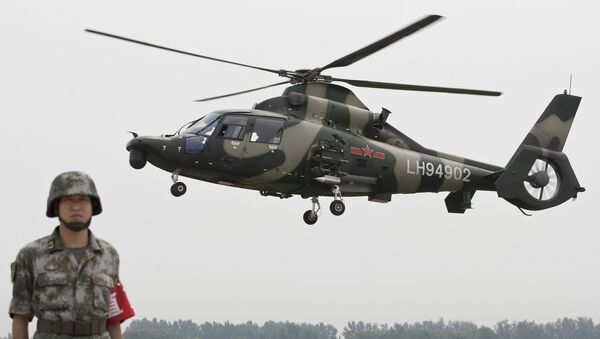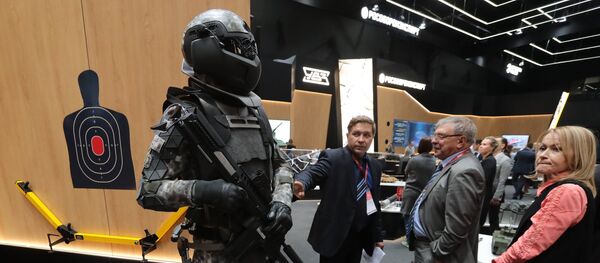The brigade conducts 44 percent of its training at night. High-altitude and tactics training increased by 40 percent compared to last year, the Xinjiang Daily reported on Sunday.
The biggest challenge for aviation units in Xinjiang is low visibility caused by sandstorms and contrasts in temperature between night and day, Wei said.
READ MORE: Chinese Army Completes De-Mining Mission on Vietnamese Border — Reports
"The training guarantees the aircraft are well maintained and soldiers are ready for combat," he noted.
The report said the 12-hour flight exercises have become a new norm, which Wei said "enhances the unit's ability to transfer soldiers at far distances within a short time span."
The aviation forces will quickly deploy soldiers, and will therefore be "efficient in strikes against terrorist activities," Wei said.
The region's long border and complicated topography means effective aviation forces are necessary for routine missions like border patrols, he noted.
This article originally appeared on the Global Times website.




